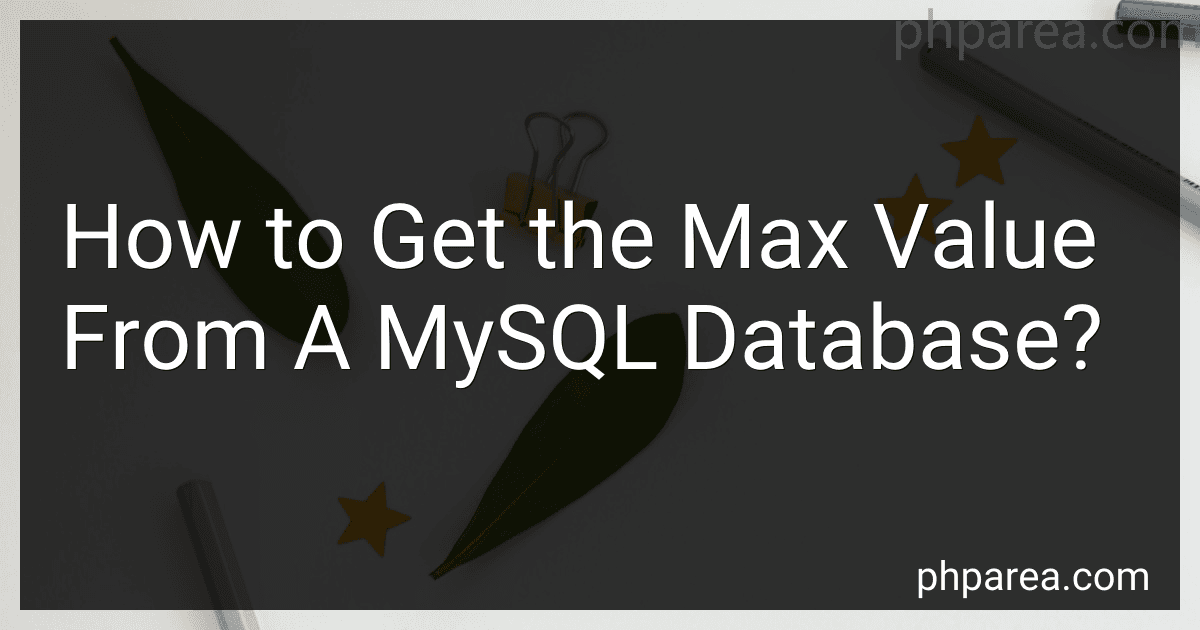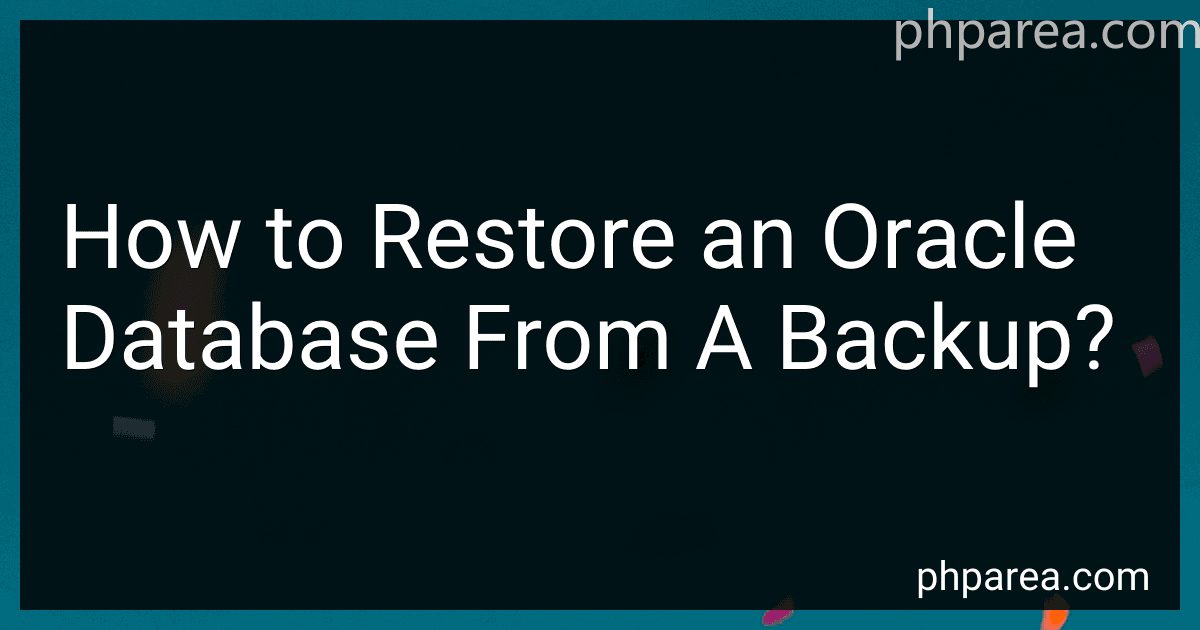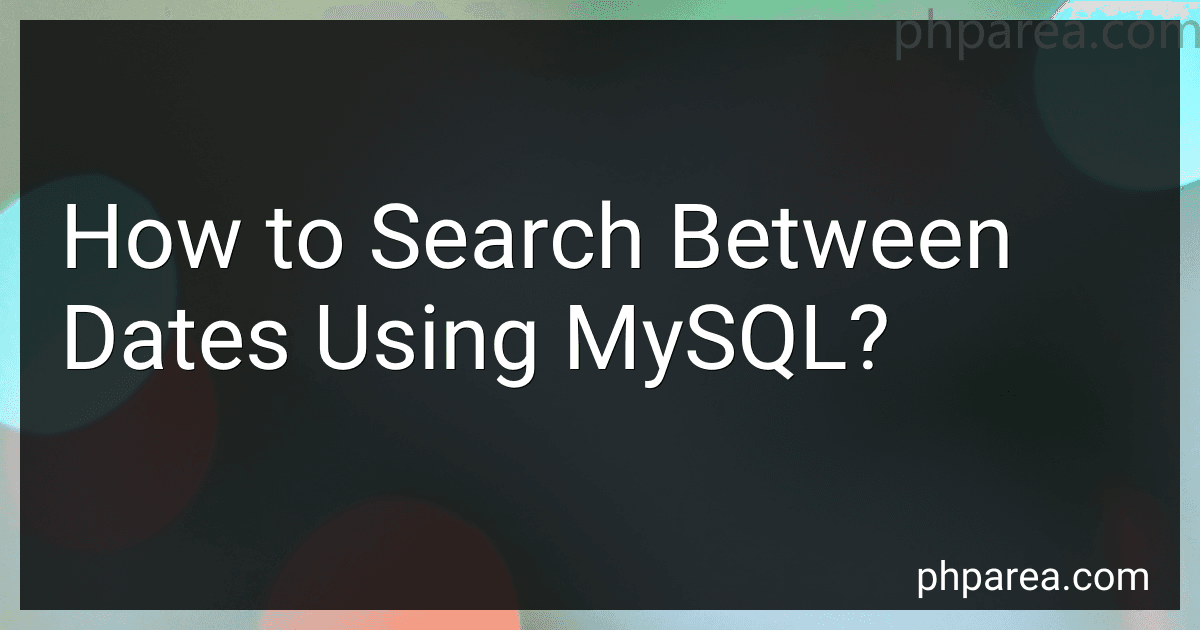Posts (page 120)
-
 7 min readTo get the maximum value from a MySQL database, you can use the MAX() function in your SQL query. The MAX() function allows you to retrieve the largest value in a specific column.
7 min readTo get the maximum value from a MySQL database, you can use the MAX() function in your SQL query. The MAX() function allows you to retrieve the largest value in a specific column.
-
 9 min readTo integrate WooCommerce with third-party tools and services, you can follow these steps:Identify the third-party tool or service you want to integrate with WooCommerce. It can be a payment gateway, CRM system, marketing automation tool, shipping provider, etc. Check if there is a pre-built WooCommerce plugin or extension available for the tool or service you wish to integrate. Many popular third-party tools have dedicated plugins that simplify the integration process.
9 min readTo integrate WooCommerce with third-party tools and services, you can follow these steps:Identify the third-party tool or service you want to integrate with WooCommerce. It can be a payment gateway, CRM system, marketing automation tool, shipping provider, etc. Check if there is a pre-built WooCommerce plugin or extension available for the tool or service you wish to integrate. Many popular third-party tools have dedicated plugins that simplify the integration process.
-
 5 min readRestoring an Oracle database from a backup involves several steps. Here's a general overview of the process:Determine the backup type: Identify the backup type you have, whether it's a full backup, incremental backup, or a combination of both. Prepare the environment: Ensure that the Oracle database software is installed and properly functioning. Set up the directories where the database files will be restored.
5 min readRestoring an Oracle database from a backup involves several steps. Here's a general overview of the process:Determine the backup type: Identify the backup type you have, whether it's a full backup, incremental backup, or a combination of both. Prepare the environment: Ensure that the Oracle database software is installed and properly functioning. Set up the directories where the database files will be restored.
-
 3 min readTo search between dates using MySQL, you can use the BETWEEN operator in your SELECT query. Here's how you can do it:Start by writing your SELECT statement to retrieve the desired data from your table. For example: SELECT * FROM your_table Next, specify the column you want to search based on date range using the WHERE clause.
3 min readTo search between dates using MySQL, you can use the BETWEEN operator in your SELECT query. Here's how you can do it:Start by writing your SELECT statement to retrieve the desired data from your table. For example: SELECT * FROM your_table Next, specify the column you want to search based on date range using the WHERE clause.
-
 13 min readTo work with external CSS frameworks in Next.js, you need to follow these steps:Install the desired CSS framework: Start by installing the CSS framework of your choice using a package manager like npm or yarn. For example, if you want to use Bootstrap, you can install it by running the command npm install bootstrap or yarn add bootstrap. Import the CSS file: You need to import the CSS file of the CSS framework into your Next.js project.
13 min readTo work with external CSS frameworks in Next.js, you need to follow these steps:Install the desired CSS framework: Start by installing the CSS framework of your choice using a package manager like npm or yarn. For example, if you want to use Bootstrap, you can install it by running the command npm install bootstrap or yarn add bootstrap. Import the CSS file: You need to import the CSS file of the CSS framework into your Next.js project.
-
 9 min readSetting up and managing product attributes in WooCommerce is quite simple. Here's a step-by-step guide on how to do it:Log in to your WooCommerce admin panel.Click on the "Products" tab located on the left-hand side of the screen.Under the "Products" dropdown, click on "Attributes."On the "Attributes" page, you'll see a list of existing attributes.
9 min readSetting up and managing product attributes in WooCommerce is quite simple. Here's a step-by-step guide on how to do it:Log in to your WooCommerce admin panel.Click on the "Products" tab located on the left-hand side of the screen.Under the "Products" dropdown, click on "Attributes."On the "Attributes" page, you'll see a list of existing attributes.
-
 5 min readTo concatenate the values of a string in MySQL, you can use the CONCAT function. CONCAT is a built-in function that allows you to combine two or more strings together.Here is an example of how to use CONCAT in MySQL: SELECT CONCAT('Hello', ' ', 'World') AS concatenated_string; In this example, the CONCAT function is used to combine the strings 'Hello', ' ', and 'World'.
5 min readTo concatenate the values of a string in MySQL, you can use the CONCAT function. CONCAT is a built-in function that allows you to combine two or more strings together.Here is an example of how to use CONCAT in MySQL: SELECT CONCAT('Hello', ' ', 'World') AS concatenated_string; In this example, the CONCAT function is used to combine the strings 'Hello', ' ', and 'World'.
-
 10 min readBacking up an Oracle database is an essential task in ensuring data preservation and disaster recovery. There are several methods to accomplish this, including:Using Oracle Recovery Manager (RMAN): RMAN is a powerful tool provided by Oracle to backup and recover databases. It allows for complete or incremental backups and provides options for creating backup sets or image copies. RMAN can back up the entire database, specific tablespaces, or individual data files.
10 min readBacking up an Oracle database is an essential task in ensuring data preservation and disaster recovery. There are several methods to accomplish this, including:Using Oracle Recovery Manager (RMAN): RMAN is a powerful tool provided by Oracle to backup and recover databases. It allows for complete or incremental backups and provides options for creating backup sets or image copies. RMAN can back up the entire database, specific tablespaces, or individual data files.
-
 10 min readPagination is a widely used technique in web development to split large sets of data into smaller, manageable chunks or pages. Implementing pagination in a Next.js application involves several steps:Determine the data source: Identify the source of your data that needs to be paginated. This could be an API, a database, or any other data repository. Fetch the initial data: Retrieve the initial set of data from the data source using an API call or query.
10 min readPagination is a widely used technique in web development to split large sets of data into smaller, manageable chunks or pages. Implementing pagination in a Next.js application involves several steps:Determine the data source: Identify the source of your data that needs to be paginated. This could be an API, a database, or any other data repository. Fetch the initial data: Retrieve the initial set of data from the data source using an API call or query.
-
 15 min readTo enable and manage product search in WooCommerce, you can follow these steps:Login to your WordPress Dashboard.Go to the "WooCommerce" tab on the left-hand side menu.Click on "Settings" and select the "Products" tab.Under the "Product Search" section, check the box that says "Enable search by keyword."Save the changes.
15 min readTo enable and manage product search in WooCommerce, you can follow these steps:Login to your WordPress Dashboard.Go to the "WooCommerce" tab on the left-hand side menu.Click on "Settings" and select the "Products" tab.Under the "Product Search" section, check the box that says "Enable search by keyword."Save the changes.
-
 8 min readMoving from a SQLite database to a MySQL database can be done by following these general steps:Export the SQLite database: Begin by exporting the data from your SQLite database. Use the SQLite command-line tool or a GUI tool like SQLiteStudio to create a backup or export the data to a file (e.g., using the .sql or .dump command). Create a new MySQL database: Set up a new MySQL database where you will import the data from SQLite.
8 min readMoving from a SQLite database to a MySQL database can be done by following these general steps:Export the SQLite database: Begin by exporting the data from your SQLite database. Use the SQLite command-line tool or a GUI tool like SQLiteStudio to create a backup or export the data to a file (e.g., using the .sql or .dump command). Create a new MySQL database: Set up a new MySQL database where you will import the data from SQLite.
-
 10 min readTo update WooCommerce and its plugins, you can follow these steps:Backup your website: Before making any updates, it's always important to create a backup of your website. This way, if anything goes wrong during the update process, you'll have a copy of your site that you can restore. Check plugin compatibility: It's essential to make sure that the updated version of WooCommerce and its plugins are compatible with your current WordPress version.
10 min readTo update WooCommerce and its plugins, you can follow these steps:Backup your website: Before making any updates, it's always important to create a backup of your website. This way, if anything goes wrong during the update process, you'll have a copy of your site that you can restore. Check plugin compatibility: It's essential to make sure that the updated version of WooCommerce and its plugins are compatible with your current WordPress version.